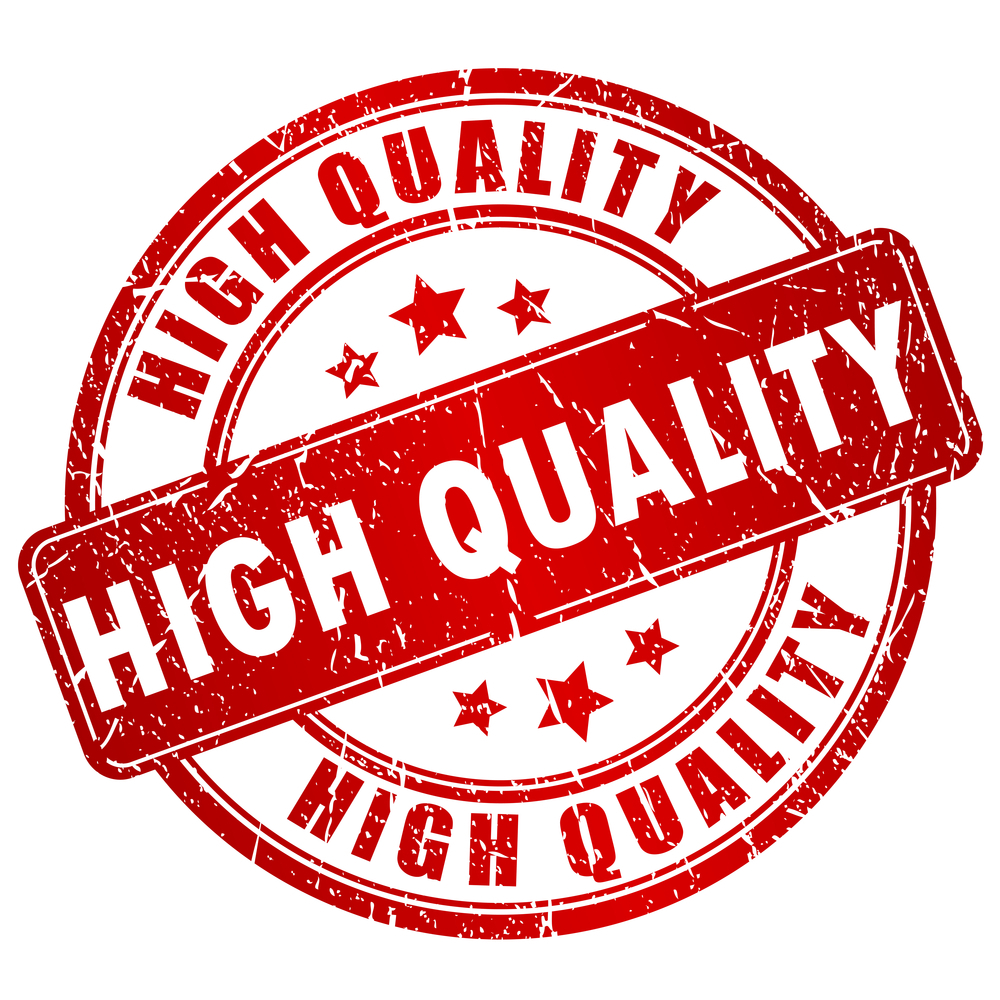Are you struggling to get your website and business noticed by search engines? Don’t worry, you’re not alone.
But here’s the thing: cracking the code to blog SEO success is easier than you think. By following a few basic steps, you can skyrocket your website’s visibility and attract more customers.
Imagine this: implementing keyword research, optimizing your content, and building strong links can lead to higher rankings and increased organic traffic.
Ready to dive in and unlock the secrets to SEO success? Let’s get started!
Keyword Research
Start by identifying popular search terms related to your business. This is where keyword research comes into play. By conducting thorough research, you can uncover long tail keywords that have lower competition but still attract a relevant audience.
Start by analyzing your competitors to see what keywords they’re targeting and ranking for. This competitor analysis will give you insights into the keywords that are driving traffic to their site. Additionally, keep an eye on search volume trends to see what keywords are currently popular among users.
Once you have gathered this information, it’s time to create a keyword map. Keyword mapping involves assigning specific keywords to each page or blog post on your website. This ensures that your content is optimized for the keywords you want to target.
Finally, focus on keyword targeting. This means incorporating your chosen keywords naturally and strategically throughout your content, including in headings, subheadings, and meta tags.
On-Page Optimization
To optimize your website blog for search engines, you need to focus on on-page optimization. This step involves optimizing various elements on your blog’s pages to improve its visibility and ranking in search engine results.
One crucial aspect of on-page optimization is the use of meta tags. These tags provide information about your blog’s content to search engines and should include relevant keywords.
Additionally, you should pay attention to your blog’s URL structure. A clean and descriptive URL can make it easier for search engines to understand your content.
Internal linking is another important on-page optimization technique. By linking relevant pages within your blog, you can improve navigation and provide search engines with more context about your content.
Proper use of header tags, such as H1, H2, and H3, can also enhance your blog’s SEO.
Finally, don’t forget to optimize your images by using descriptive file names and alt tags that include relevant keywords.
High-Quality Content Creation
Create engaging and informative content that resonates with your audience and meets their needs. To achieve this, you must have a solid content strategy in place. A well-thought-out strategy will help you identify your target audience, understand their preferences, and deliver the right content to engage them effectively.

Audience engagement is crucial for the success of your blog. Your content should be designed to captivate and hold your readers’ attention. Incorporate various elements like visual storytelling, which uses images, videos, and infographics to convey your message in a compelling way. This not only makes your content more interesting but also helps in retaining your audience for longer periods.
Once you have created high-quality content, the next step is content promotion. You need to make sure your blog reaches your target audience. Share your content on social media platforms, participate in relevant online communities, and collaborate with influencers to amplify your reach.
Additionally, using long tail keywords in your content helps you target specific search queries and attract highly relevant traffic. These keywords are more specific and have less competition, making it easier for your blog to rank higher in search engine results.
Mobile Optimization
To ensure blog SEO success, it’s essential that you optimize your website for mobile devices. With the increasing use of smartphones and tablets, having a responsive design and mobile-friendly website is crucial. Mobile optimization focuses on improving the mobile user experience, as well as enhancing mobile SEO optimization to boost your mobile search rankings.
Responsive design is a key aspect of mobile optimization. It ensures that your website adapts and displays properly on different screen sizes, providing a seamless experience for mobile users. By using responsive design, you eliminate the need for separate mobile and desktop versions of your site, making it easier to maintain and update.
Mobile-friendly websites are designed specifically for mobile devices. They’re optimized for touch interactions, load quickly, and have clear navigation, ensuring a positive user experience. Mobile-friendly websites are more likely to rank higher in mobile search results, as search engines prioritize sites that are optimized for mobile.
Mobile SEO optimization involves optimizing your website’s content, metadata, and technical aspects specifically for mobile users. This includes implementing mobile-specific keywords, optimizing images for mobile devices, and ensuring fast page load times.
Link Building Strategies
Implementing effective link building strategies is a crucial step in maximizing your blog’s SEO success. When it comes to improving your website’s visibility and increasing organic traffic, there are various strategies you can employ.
One popular approach is guest blogging, where you write articles for other websites in your niche and include links back to your own blog. This not only helps you establish yourself as an authority in your field but also allows you to tap into a new audience.
Another effective strategy is influencer outreach, where you collaborate with industry experts and thought leaders who have a large following. By getting them to mention or link to your blog, you can greatly enhance your online presence and gain valuable backlinks.
Content syndication is another powerful technique, where you share your blog posts on platforms like Medium or LinkedIn to reach a wider audience.
Broken link building involves finding broken links on other websites and suggesting your own content as a replacement. This not only helps the website owner fix their broken links but also gives you an opportunity to gain a valuable backlink.
Finally, directory submissions involve submitting your blog to relevant directories, which helps improve your online visibility and generates more traffic.
Website Speed Optimization
Optimize your blog’s website speed to enhance user experience and boost your SEO rankings. A slow-loading website can frustrate visitors and lead them to abandon your site, which can negatively impact your search engine rankings. To improve your website speed, you need to focus on several key areas.
Firstly, check your server response time. A slow server response time can significantly slow down your website. Consider upgrading your hosting plan or switching to a faster server to improve response times.
Next, utilize caching techniques. Caching involves storing certain elements of your website, such as images and CSS files, in a temporary storage location. This allows subsequent page loads to be faster since the cached elements don’t need to be fetched from the server again.
Image compression is another important aspect of website speed optimization. Large image files can slow down your website. Compressing images reduces their file size without significantly affecting their quality, resulting in faster load times.
Minifying code is another strategy to consider. Remove unnecessary spaces, comments, and line breaks from your HTML, CSS, and JavaScript files. This reduces file sizes and improves website speed.
Lastly, consider content delivery. Content delivery networks (CDNs) distribute your website’s files across multiple servers worldwide. This ensures that users can access your website from a server that’s geographically closer to them, reducing latency and improving website speed.
Social Media Integration
Boost your blog’s SEO rankings and increase engagement by seamlessly integrating social media. Social media integration is a crucial step in maximizing the reach and impact of your blog. By incorporating engagement tactics, influencer collaborations, viral content, social media algorithms, and community building strategies, you can take your blog to new heights.
Engagement tactics play a vital role in social media integration. Encourage your followers to like, comment, and share your blog posts. Ask questions, spark discussions, and respond to comments to foster a sense of community and interaction. This won’t only increase engagement but also improve your blog’s visibility on social media platforms.
Collaborating with influencers can significantly boost your blog’s exposure. Partner with influencers in your niche who have a large following and engage with their audience. This collaboration can lead to increased traffic, new readers, and improved search rankings.
Creating viral content is another effective way to integrate social media into your blog. Craft compelling, shareable content that resonates with your target audience. Use eye-catching visuals, interesting headlines, and storytelling techniques to captivate your readers’ attention and encourage them to share your content.
Understanding social media algorithms is crucial to optimizing your blog’s visibility. Stay updated with the latest algorithm changes and adjust your strategies accordingly. This will ensure that your blog posts are seen by a wider audience and increase your chances of going viral.
Lastly, community building strategies are essential for social media integration. Engage with your followers, respond to their comments and messages, and create a sense of belonging. This will foster loyalty and encourage your audience to share your blog posts with their own communities.
Regular Monitoring and Analytics
To ensure your blog’s SEO success, you need to consistently monitor and analyze its performance. Regular monitoring and analytics are essential for understanding how your blog is performing and identifying areas for improvement. By using monitoring tools and conducting data analysis, you can track important metrics such as website traffic, keyword rankings, and user engagement. These insights will help you make informed decisions and develop effective improvement strategies.
Monitoring tools provide valuable data that allows you to evaluate the effectiveness of your SEO efforts. They can show you which keywords are driving the most traffic to your blog, which pages are performing well, and which ones need optimization. With this information, you can focus your efforts on the areas that need the most attention.
Data analysis is crucial for understanding the trends and patterns in your blog’s performance. By examining SEO reports and analyzing the data, you can identify what’s working and what isn’t. This will enable you to make data-driven decisions and implement changes that will improve your blog’s visibility and rankings.
Performance tracking is an ongoing process that requires regular monitoring and analysis. By consistently reviewing your blog’s performance, you can stay ahead of the competition and continuously optimize your SEO strategies. With the right monitoring tools and data analysis techniques, you can ensure that your blog is always on the path to success.
Final Words
Oftentimes, by implementing just the basics your website will experience a massive increase in traffic and audience recognition, which sets you on the path as an authority in the space. Unless, of course, you prefer to sink and ever-increasing amount into paid ads just to have your business remain above breakeven.
We can help get your business blog up and running in no time to start receiving its fair share of organic traffic. Contact us today!

